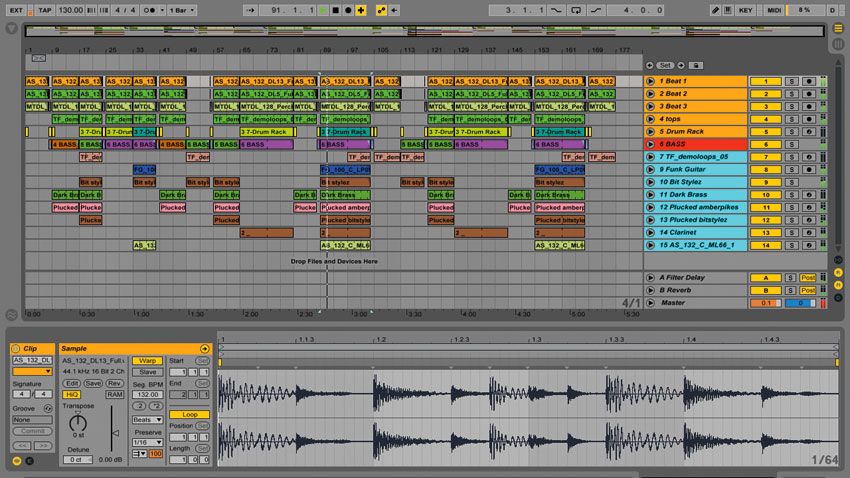

Plenty of things can go wrong, including the quality of the audio and the video – something that attendees are getting pickier and pickier about due to the number of options available out there. Being able to interact with attendees in real-time is great, but live streaming comes with a lot of risks where excellence is concerned. The Cons of Live Sessions In Virtual EventsĬonnectivity and quality issues. Because live streaming sessions imply that the real work begins with the event itself, you don’t have to do much beforehand, such as editing, studio recordings, and so on. From Facebook to Instagram and Zoom, there are dozens of cheap, if not free, platforms that allow you to live stream sessions. Live is the closest they can get to reaching that feeling of euphoria and closeness, which ties together with the engagement section. In-person is very different for everyone, but speakers, in particular, tend to feed off of the energy of the room. Speakers might prefer it. It’s no secret to anyone that speakers had to do a lot of leg work when events began transitioning to virtual. There’s no way of knowing whether or not the information will be out of date by the time you are presenting a pre-recorded session, while live ensures that whatever you say or show at the time is as timely as it can be. Timeliness. If your session is covering topics that quickly change (statistics, for instance), live allows you to present the content accurately. From asking the audience funny questions to giving attendees the ability to interact with you instantly, there’s no denying that live sessions offer the chance to get the enthusiasm going in very dynamic and entertaining ways. If you’ve ever watched any of Will Curran’s webinars, you know how great levels of engagement can be achieved through the implementation of this method. Perhaps one of the most blatant pros of live is the fact that the speakers can engage with the audience in real-time. But where do the pros end and where do the cons begin? The Pros Of Live Sessions In Virtual EventsĮngagement. When talking about virtual events in general, and live sessions vs pre-recorded in particular, engagement is top of mind. And amid this immense boom, many event planners took a shot at it themselves. You couldn’t log in to Facebook or Instagram without witnessing a stand-up comedy number or a tiny desk concert.

In a wonderful demonstration of creativity and resilience during hard times, musicians, poets, artists, and actors everywhere kept humanity united. So keep on reading and find out everything you need to know about live sessions vs pre-recorded!īack during the first dark days of quarantine, live streams were everywhere. But to give you an overall idea of what each option brings to the table, we put together a comprehensive list of the good, the bad, and the ugly. Choosing the best one will depend on many factors, including the audience demographics, the goals of your event, your budget, and more. There are pros and cons to both of these options. But which way should you direct your efforts when it comes to live sessions vs pre-recorded ones? And speaker sessions are the biggest component here. Obviously, content is king now more than ever. But one of the most frequent doubts that come our way pertains to sessions. For instance, which platform should you choose? And what techniques and strategies can you employ to engage attendees? What level of production is expected from a virtual event? These are pretty common questions. With the virtual world taking over the industry, several technical questions tend to pop up.


 0 kommentar(er)
0 kommentar(er)
